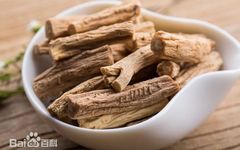In our excellent traditional culture, especially in health culture, the saying “food and medicine share the same source” is often mentioned. This means that many foods are also medicines, and there is no absolute boundary between them. Ancient physicians applied the theories of the “Four Natures” and “Five Flavors” of Chinese medicine to food, believing that each food also possesses its own “Four Natures” and “Five Flavors”.
According to the earliest text, the “Rites of Zhou”, “the five medicines are herbs, plants, insects, stones, and grains“. The “Huainanzi: On the Cultivation of the People” states: “Shennong tasted the flavors of hundreds of herbs, the sweetness and bitterness of spring water, allowing the people to know what to avoid and what to seek. At that time, he encountered seventy poisons in one day.” This shows that in the era of Shennong, there was no distinction between medicine and food; those without toxins could be consumed, while those with toxins should be avoided.
Today, we will learn about a commonly used tonic herb—Codonopsis (Dang Shen).
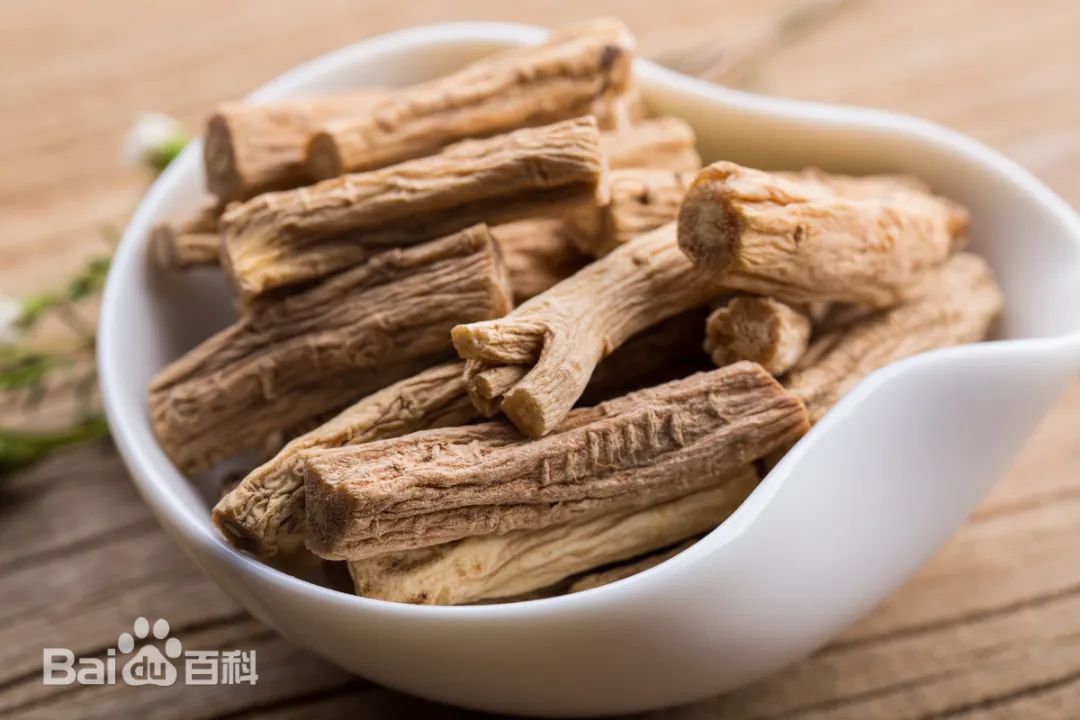
Image source: Baidu Image Library
Overview
Codonopsis (Dang Shen) is a herb recorded in the “Chinese Pharmacopoeia”, derived from the dried roots of plants in the Campanulaceae family, such as Codonopsis pilosula, Codonopsis tangshen, or Codonopsis lanceolata. Codonopsis has a sweet taste and a neutral nature, with effects of tonifying the middle, benefiting qi, quenching thirst, strengthening the spleen and lung, nourishing blood, and generating fluids. It is mainly used for symptoms of spleen and lung qi deficiency, poor appetite, fatigue, cough with shortness of breath, insufficient qi and blood, pale complexion, palpitations, shortness of breath, thirst due to fluid damage, and internal heat leading to thirst.
Origin
Codonopsis is widely distributed in China, with major production areas including Shanxi, Shaanxi, Gansu, Hubei, Guizhou, and Northeast China. The quality and characteristics of Codonopsis vary by region. For example, the Codonopsis from Ping Shun, Changzhi City, Shanxi, has long, thick, pure-tasting roots, with a yellow skin and red flesh, known for its bright color and referred to as “Tiger Head, Phoenix Tail, Chrysanthemum Heart”. The Codonopsis from Yijun, Shaanxi, has a grayish-yellow to brownish-yellow surface, with a yellow-white skin and light yellow wood, flat and chrysanthemum-shaped, with an annual production of 15,000 tons. The Codonopsis from Weiyuan, Dingxi City, Gansu, is a long cylindrical type formed under unique geographical and climatic conditions, with few branches and often a swollen root tip (commonly known as Lion’s Head). The Codonopsis from Banqiao, Enshi City, Hubei, has straight, long roots, small heads, thick bodies, thin tails, and few branches, making it one of the four famous types of Codonopsis. The Codonopsis from Luolong, Zunyi City, Guizhou, has large, solid, tight-skinned roots that are oily and flexible, making them difficult to break.
Harvesting and Processing
The harvesting and processing of Codonopsis are crucial for ensuring its quality. In the first year of growth, the root system mainly elongates, reaching 15-30 cm in length and 2-3 mm in thickness; the third and fifth years are rapid growth periods for root thickening, with an increase in accumulated organic matter; in the sixth and seventh years, the thickening growth slows down, and branching increases; in the eighth and ninth years, the roots become more lignified, and product quality declines. Therefore, to obtain high-quality Codonopsis, it generally requires 3-5 years of growth.
The best harvesting period for Codonopsis is in autumn, when the roots have sufficient powdery texture, high drying rate, and good quality. Harvesting should be done on sunny days, starting with digging at the field edge to completely extract the roots. After extraction, the roots should be dried in the sun, shaken to remove soil, and then transported for processing. During processing, the roots are kneaded until the skin and flesh are connected, and the inside is firm, repeating this 3-5 times until they feel dry (about 90% dry), then tied into small bundles, piled tightly, and dried again after 3-5 days for storage.
Original Form
Codonopsis is a perennial herbaceous plant with a foul smell and white latex. The plant can grow up to about 1 meter tall, with a twining stem, either sterile or flowering at the top, green or purplish, with indistinct longitudinal stripes, hairless or sparsely covered with short white hairs. The leaves are alternate or opposite, ovate or narrowly ovate, with sparse or dense long stiff hairs or soft hairs on both sides, and the edges may be wavy or entire. The calyx has 5 lobes; the corolla is pale yellow-green with purplish spots, bell-shaped; the fruit is conical. The flowering period is from July to August, and the fruiting period is from August to September.
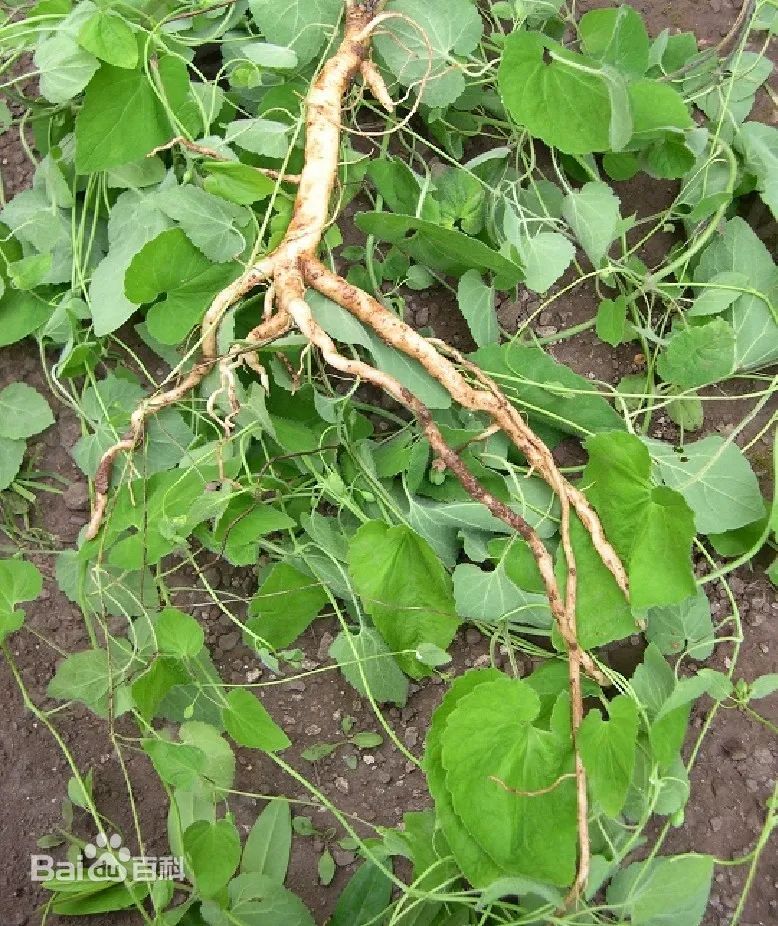
Image source: Baidu Image Library
Properties and Channels
Codonopsis has a sweet and neutral flavor, entering the spleen and lung channels.
Its neutral nature is not overly cold or hot, making it suitable for most body types.
Functions and Efficacy
The main functions of Codonopsis are to tonify the middle and benefit qi, generate fluids and quench thirst, strengthen the spleen and lung, and nourish blood. Codonopsis can enhance spleen and stomach function, promote digestion and absorption, and improve symptoms of poor appetite and spleen-stomach deficiency; at the same time, it can nourish the lungs, alleviating shortness of breath and cough due to lung deficiency; Codonopsis can also nourish and replenish blood, suitable for symptoms of insufficient qi and blood, pale complexion, palpitations, and shortness of breath. Additionally, Codonopsis can enhance the body’s immunity and improve disease resistance.
Indications
Codonopsis is mainly used to treat the following conditions:
Spleen and Stomach Deficiency: Codonopsis can enhance spleen and stomach function, promoting digestion and absorption, improving symptoms of poor appetite, abdominal distension, and diarrhea.
Lung Deficiency Cough: Codonopsis can nourish the lungs, alleviating shortness of breath and cough due to lung deficiency.
Insufficient Qi and Blood: Codonopsis can nourish and replenish blood, suitable for symptoms caused by insufficient qi and blood, such as pale complexion, palpitations, shortness of breath, dizziness, and fatigue.
Deficiency Heat: Codonopsis can generate fluids and quench thirst, alleviating symptoms of thirst and dry throat caused by deficiency heat.
Dosage and Administration
The common dosage of Codonopsis is 9-30 grams, decocted in water for oral administration. In practical applications, the dosage can be adjusted according to the condition and individual constitution. Codonopsis can be used alone or in combination with other Chinese herbs to enhance efficacy.
Adjust dosage according to individual constitution and doctor’s advice, avoiding excessive use.
Formulations
① To clear the lungs, tonify the original qi, open the voice, and assist muscle strength: 1 pound of Codonopsis (soft and sweet, sliced), 0.5 pound of Glehnia (sliced), and 4 ounces of longan flesh. Decoct in water to a concentrated juice, drop water until it forms beads, and store in ceramic containers. For each use, take one wine cup, mix with hot water, or pour into the decoction (from “Depei Bencao: Codonopsis Paste”).
② For treating diarrhea and postpartum qi deficiency leading to prolapse: 2 qian of Codonopsis (remove the peel, stir-fried with rice), 1.5 qian each of roasted Astragalus, white Atractylodes (stir-fried), nutmeg powder, and Poria, 2 qian of Huai yam (stir-fried), 6 fen of Cimicifuga (honey-fried), and 7 fen of honey-fried licorice. Add 2 slices of fresh ginger for decoction, or add 5 fen of processed Aconite (from “Buzhi Yiyao: Codonopsis and Astragalus Decoction”).
③ For treating cold damage to the spleen and stomach, causing sores on the mouth and tongue: 2 qian each of roasted Codonopsis and roasted Astragalus, 1 qian of Poria, 5 fen of raw licorice, and 7 fen of white peony. Decoct in plain water and take warm (from “Throat Medicine Zizhen Collection: Codonopsis and Astragalus Anwei Powder”).
④ For treating oral sores in children: 1 liang of Codonopsis and 5 qian of Huangbai. Grind into a fine powder and apply to the affected area (from “Compilation of Proven Recipes from Qinghai Province”).
Precautions
Although Codonopsis has a neutral nature, there are some contraindications and precautions:
Contraindicated for Excess and Heat Syndromes: Codonopsis is suitable for deficiency syndromes and should not be used for excess or heat syndrome patients.
Not to be used with Rhubarb: Codonopsis should not be used with Rhubarb to avoid adverse reactions.
Use with Caution in Pregnant Women: Pregnant women should use Codonopsis with caution, preferably under the guidance of a physician.
Specific treatments and medication should follow medical advice!
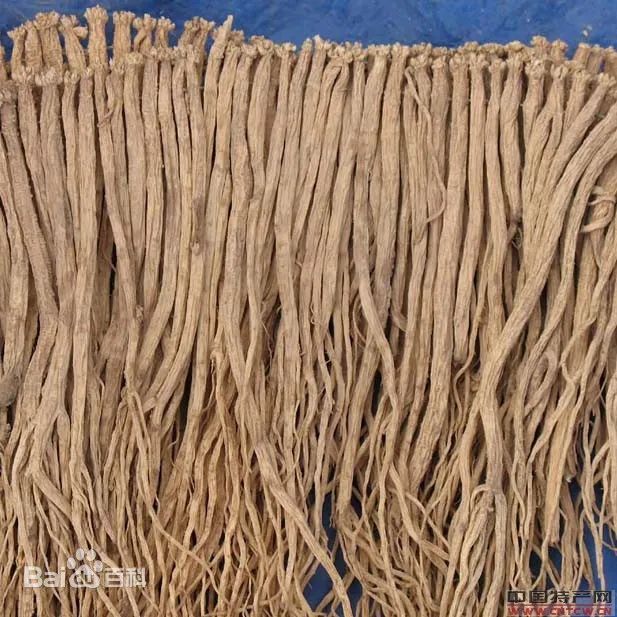
Image source: Baidu Image Library
Disclaimer
The copyright of articles, images, audio, video files, and other materials reproduced on this public platform belongs to the copyright owner. Non-original articles and images are marked with sources. Due to the inability to contact all copyright holders, if the author of the selected content believes that their work should not be available online for public viewing, please contact us promptly so that appropriate measures can be taken.
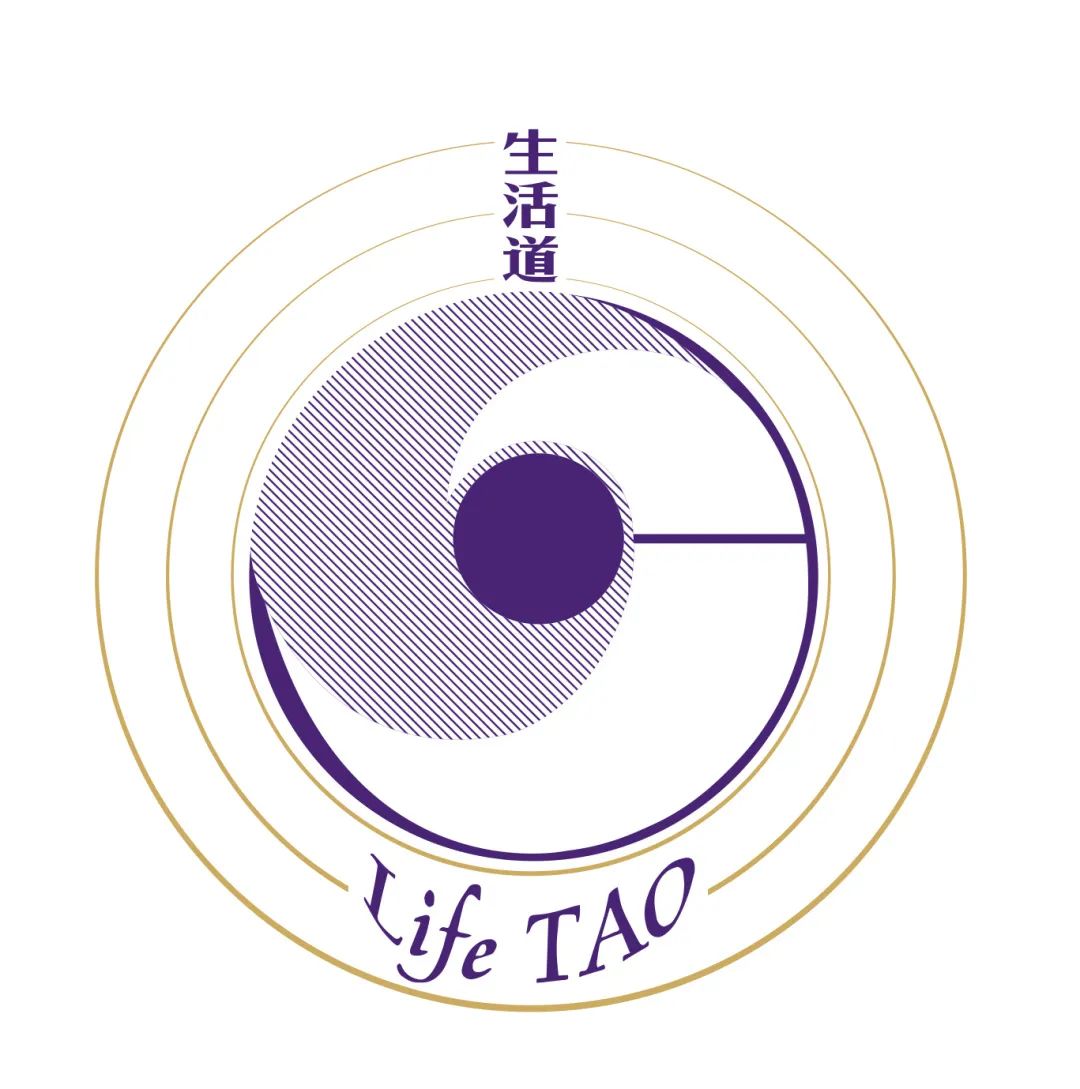
The Life Path Public Welfare Fund was initiated by Mr. Wang Chengya (Executive Deputy Director of the Institute of Confucian, Buddhist, and Daoist Medicine Research at Beijing University of Chinese Medicine; representative inheritor of the national intangible cultural heritage: traditional Chinese medicine guiding method) and supported by philanthropist Mr. Zhong Jihe. It was officially established in October 2018 under the support and management of the China Social Welfare Foundation.
The Life Path Public Welfare Fund is dedicated to promoting excellent traditional culture, especially traditional health and wellness culture, advocating healthy lifestyles, and enhancing public health literacy, hoping that the public can live with purpose and enjoy health and happiness.

Scan
Code
To
Follow
Scan the QR code on the left
To support public health

